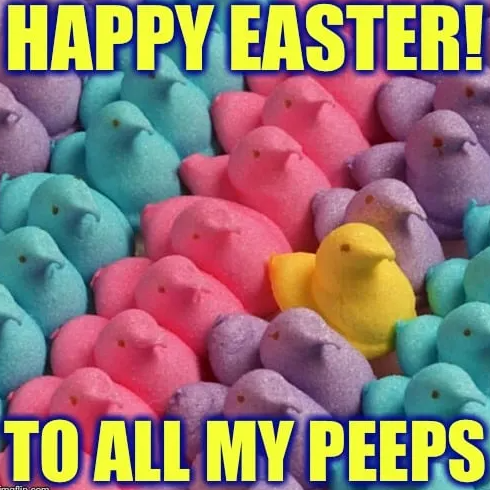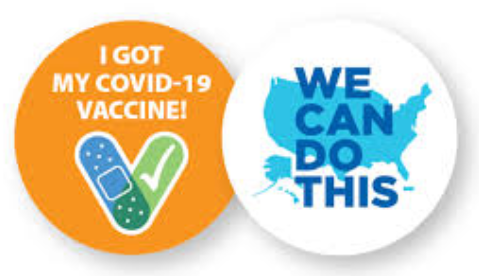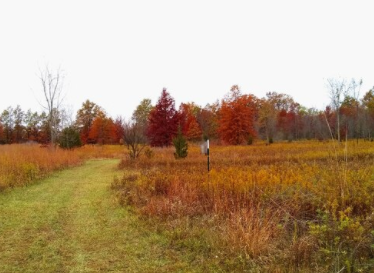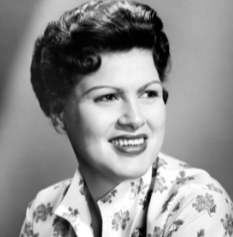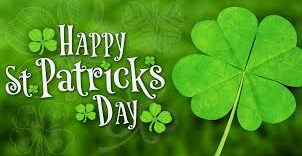Written by: Emily Vargo
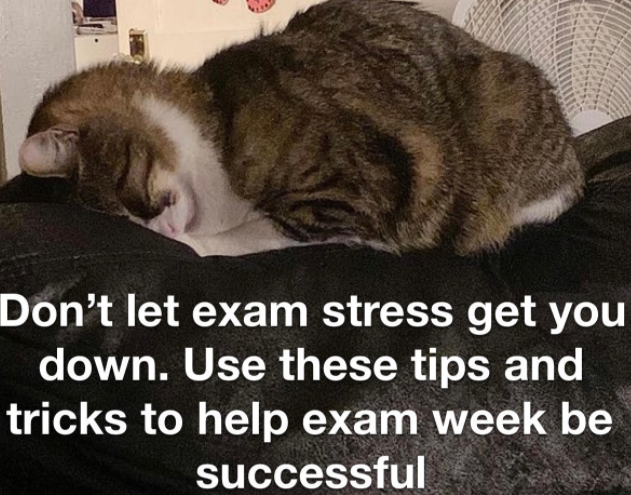
Finals week is just around the corner which means it’s time to study. If you’re trying to get a B to an A or even a passing grade these 10 study tips can help get through the stressful week of finals and get the score you desire.
Study tip number one: create your own study guide. Get creative and create a study guide that will help you understand the material better. Make it fun and easy to understand. Underline important information and make it as colorful as your heart’s content.
Study tip number two: ask questions. Your professors are here to help you. If you don’t understand something then ask. There is no such thing as a stupid question.
Study tip number three: Start early. No one loves all-nighters and cramming for your exam will not allow you to retain information well. Start studying early. Make flashcards or anything you need and just take a little bit of time throughout the day to go over your study for the exam.
Study tip number four: Organize a social distance or virtual study group. Studying in groups can help you and your partners understand the content needed for the exam.
Study tip number five: Study content not on the study guide. If your professor gives you a study guide make sure you study sections that you learned over the semester that is not listed. Questions can pop up that you were not aware of to study and those little missed point questions can pile up fast.
Study tip number six: take breaks. You won’t be able to retain or remember all of the information for your exam in one sitting. Set aside some time to take some breaks in order to relax and recharge before you start studying for your exam again.
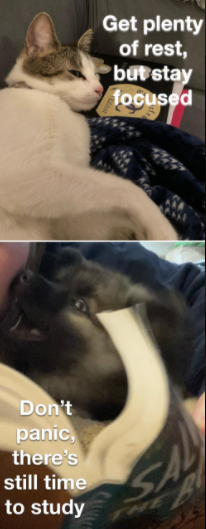
Bottom: Olivia Rupert Baldwin
Study tip number seven: Get sleep. Your brain needs time to rest and recharge. Make sure you are getting enough sleep and not studying all of the time.
Study tip number eight: Prioritize your study time. Making time to study for exams will help tremendously. This will help you avoid studying everything last minute and have the time to study for the harder and more difficult exams.
Study tip number nine: Quiz yourself. Quizzing and making up exam questions for yourself can actually help you understand the content better. This can also help you become familiar with the style of the exam which will make taking the exam much easier.
Study tip number ten: Make it fun! If your having fun it will allow you to understand and retain information better. Studying can be hard and stressful but hopefully, these study tips will help you stay relaxed, calm, get good grades, and most of all have a little fun.


